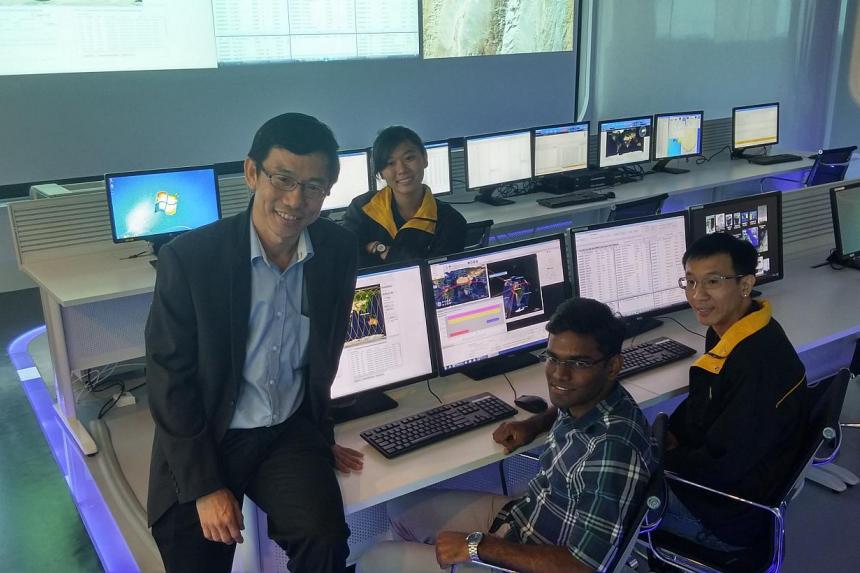SINGAPORE - Engineering students at Nanyang Technological University (NTU) now have the chance to operate a satellite in space from its Satellite Research Centre.
The university announced on Monday that three of its satellites which completed their missions in 2014 are now being used to train engineering undergraduates.
They are X-SAT, Singapore's first locally-built satellite; the student-built 4.28kg nanosatellite Velox-I; and the 1.3kg Velox PII. They have been in space for a total of seven years.
It is the first time that ground operation training has been done using real satellites instead of simulators.
"While the simulations are robust and have scenarios based on real challenges, nothing beats the actual experience of controlling a real satellite in space, which encounters situational challenges in real time," said Associate Professor Low Kay Soon, director of NTU's Satellite Research Centre.
Such challenges can include inclement weather which cause fluctuations in the signal.
Since 2011, NTU's existing Satellite Research Centre has built, launched and operated four satellites that can take photographs from space, sense climate data and experiment with inter-satellite communications.
X-SAT, which celebrates its fourth anniversary in space on Monday, has travelled more than 930 million kilometres since it was launched in April 2011 to take photographs to measure soil erosion and monitor environmental changes on Earth.
It completed its mission in April 2014 with a photo album of some 8,000 pictures.
Velox-I was launched in last year to test a new camera chip and sensors built by the NTU students, while Velox-PII was launched in 2013 to test technologies such as sun sensors.
NTU also has a fourth satellite in space, Velox-PIII, a 193g mobile phone-sized pico-satellite.

